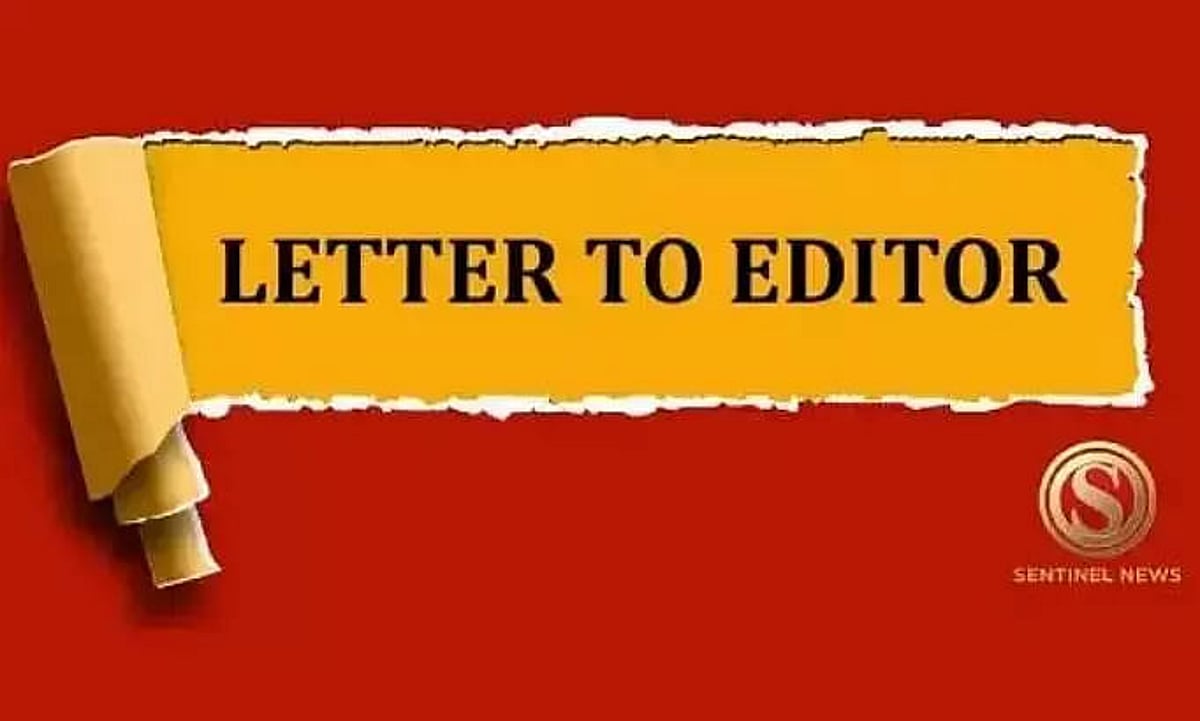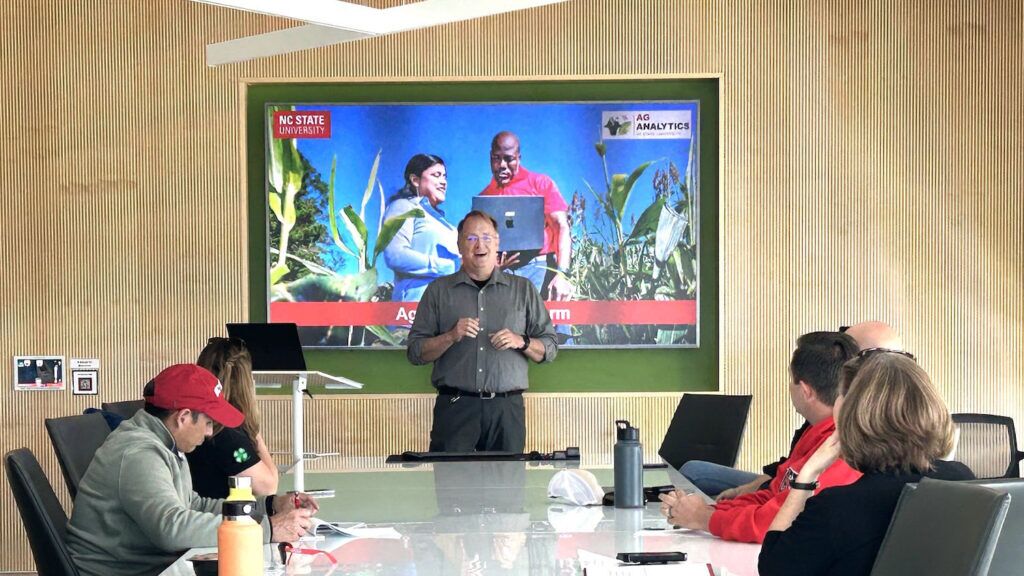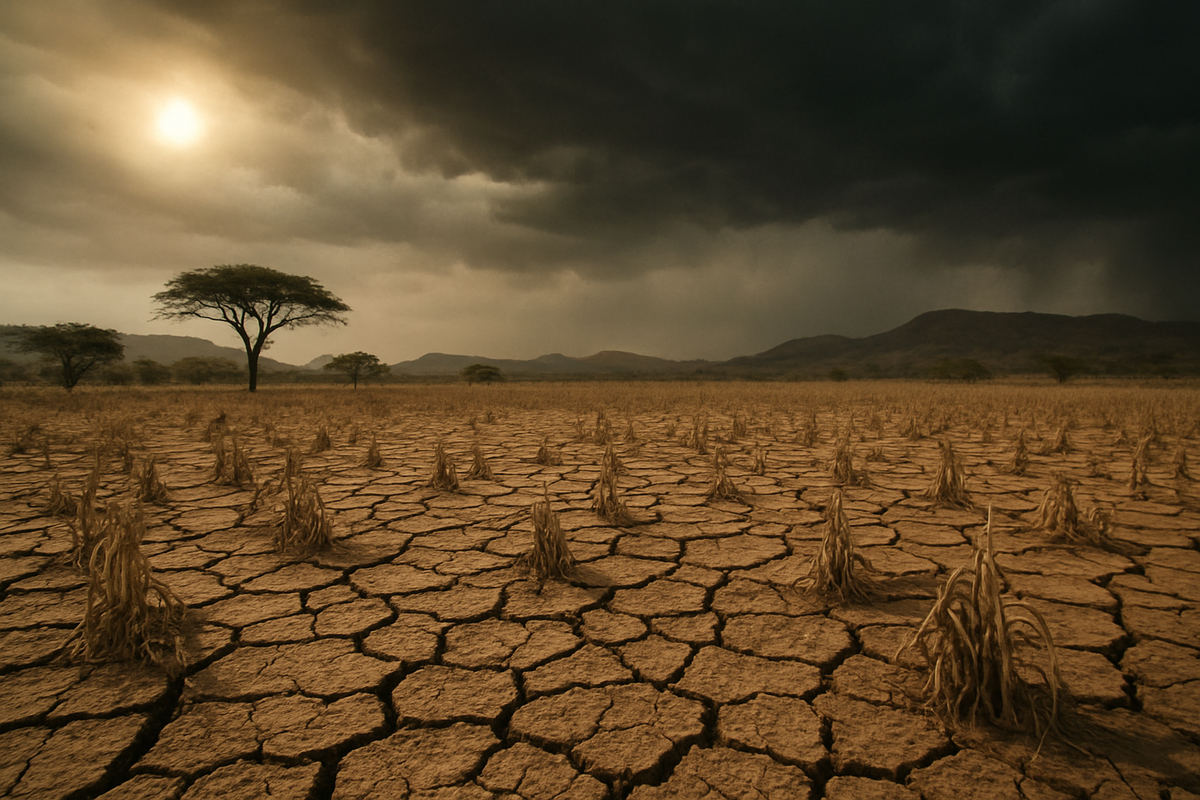Letters to the EDITOR: Land rights of indigenous people – The Sentinel – of this Land, for its People

Report on Socio-Economic Progress and Sustainable Development Challenges in India
Economic Growth and Infrastructure Development
India is demonstrating consistent economic progress, a key component of SDG 8 (Decent Work and Economic Growth). The national economy recorded a growth rate of 6.5% for the 2024-25 period, with accelerated growth of 7.8% observed in early 2025. This expansion is attributed to robust consumer spending and increased business investment.
Significant advancements are being made in infrastructure, aligning with SDG 9 (Industry, Innovation and Infrastructure) and SDG 11 (Sustainable Cities and Communities). Key developments include:
- Expansion of national road and railway networks.
- Implementation of the “Pradhan Mantri Awas Yojana” to improve housing standards.
- Urban renewal through the “Atal Mission for Rejuvenation and Urban Transformation.”
Progress in Social and Environmental Sectors
Concurrent with economic growth, India is making strides in social and environmental sectors, contributing to multiple Sustainable Development Goals.
- Poverty Reduction (SDG 1): A significant number of citizens have been lifted out of poverty in recent years.
- Quality Education (SDG 4): Educational attainment levels are rising, with individuals engaging in longer periods of study.
- Affordable and Clean Energy (SDG 7): The nation is advancing its green energy capacity, which currently stands at nearly 190 gigawatts. This supports a national goal to source 50% of its energy from renewable sources by 2030, directly contributing to SDG 13 (Climate Action).
- Technological Advancement (SDG 9): India continues to strengthen its position as a leader in the technology sector.
Indigenous Land Rights and Environmental Stewardship
The Role of Indigenous Peoples in Environmental Sustainability
The protection of Indigenous land rights is critical for achieving environmental sustainability, particularly SDG 15 (Life on Land). Indigenous communities have historically served as custodians of their ancestral lands, maintaining harmony with nature and protecting vital ecosystems, including forests, rivers, and wildlife. Empirical evidence suggests that territories managed by Indigenous peoples exhibit superior forest cover and biodiversity.
Inequalities and the Need for Institutional Justice
Despite their crucial environmental role, Indigenous families face significant challenges that contravene SDG 10 (Reduced Inequalities) and SDG 16 (Peace, Justice and Strong Institutions). These communities frequently experience displacement, exploitation of their lands for commercial purposes, and exclusion from policy decisions affecting their livelihoods and cultural identity.
Policy Recommendations for Upholding Indigenous Rights
To address these injustices and ensure a sustainable future, government and local authorities are urged to implement concrete measures:
- Expedite the legal recognition of Indigenous land titles.
- Ensure mandatory consultation with Indigenous leaders in all development projects impacting their territories.
- Provide fair and just compensation in cases where displacement is unavoidable.
Cultural Heritage and Public Order
Protection of Sites of Cultural Significance
The preservation of cultural heritage, as outlined in SDG 11.4, faces challenges from public conduct. Following the state-honoured last rites for singer-composer Zubeen Garg in Sonapur, the site has become a place of pilgrimage. However, reports indicate that individuals have engaged in disrespectful acts, such as pouring alcohol on the final resting place. Such behaviour detracts from the cultural sanctity of the memorial.
Maintaining Social Cohesion and Public Safety
These actions raise concerns regarding public order and the need for peaceful and inclusive societies, a core tenet of SDG 16 (Peace, Justice and Strong Institutions). There is a call for intervention to prevent disruptive elements from potentially creating law and order situations at this culturally significant site. The involvement of institutional bodies, including the judiciary and civil society organizations like the All Assam Students’ Union (AASU), is highlighted as necessary to uphold social norms and ensure justice.
1. SDGs Addressed in the Article
-
SDG 1: No Poverty
- The article on India’s growth explicitly states that “Many have escaped poverty in recent years,” directly addressing the core aim of this goal.
- The letter on indigenous land rights connects land to survival, implying that securing land rights is essential for preventing poverty among these vulnerable communities.
-
SDG 4: Quality Education
- The article on India’s growth mentions that education is improving, noting that “People now study longer than before,” which relates to increasing educational attainment.
-
SDG 7: Affordable and Clean Energy
- This goal is directly addressed in the discussion of India’s growth, which highlights that “Green energy is also growing fast. India has nearly 190 gigawatts of renewable power and plans to get half of its energy from clean sources by 2030.”
-
SDG 8: Decent Work and Economic Growth
- The article on India’s growth is centered on this goal, providing specific economic growth figures: “In 2024-25, India’s economy grew by 6.5%. In early 2025, we saw even faster growth of 7.8%.”
-
SDG 9: Industry, Innovation, and Infrastructure
- This goal is highlighted by the statement that “more roads and railways are being built” and that India is “currently focusing on building infrastructure, education, technology and clean energy.” The mention of India “leading in the technology sector” also connects to this SDG.
-
SDG 10: Reduced Inequalities
- The letter on indigenous land rights addresses this goal by highlighting the inequalities faced by indigenous communities, whose “voices [are] ignored in policy decisions that directly affect their livelihoods.” It calls for their inclusion and the protection of their rights to reduce these disparities.
-
SDG 11: Sustainable Cities and Communities
- The article mentions specific government programs aimed at urban development and housing, such as the “Pradhan Mantri Awas Yojana” for better homes and the “Atal Mission for Rejuvenation and Urban Transformation” for better cities, which are central to this goal.
-
SDG 15: Life on Land
- The connection to this goal is made in the letter on indigenous rights, which states that “territories managed by Indigenous peoples often have better forest cover and biodiversity.” Protecting their land rights is presented as a strategy for environmental sustainability and protecting terrestrial ecosystems.
-
SDG 16: Peace, Justice, and Strong Institutions
- This goal is relevant to the call for justice for indigenous peoples. The letter urges authorities to take “concrete steps—such as speeding up land title recognition, consulting Indigenous leaders in all development projects,” which points to the need for inclusive and just institutions.
2. Specific SDG Targets Identified
-
Target 1.4: Ensure equal rights to ownership and control over land
- The letter on indigenous rights directly relates to this target by expressing “deep concern about the continuing struggles indigenous families face in securing rightful ownership and access to their ancestral lands” and calling for the government to speed up “land title recognition.”
-
Target 7.2: Increase substantially the share of renewable energy
- The article on India’s growth directly addresses this target by stating that India “plans to get half of its energy from clean sources by 2030,” which is a clear national commitment to increasing the share of renewable energy.
-
Target 8.1: Sustain per capita economic growth
- This target is explicitly referenced with the economic growth figures provided in the article: “In 2024-25, India’s economy grew by 6.5%. In early 2025, we saw even faster growth of 7.8%.”
-
Target 9.1: Develop quality, reliable, sustainable and resilient infrastructure
- The article’s mention of infrastructure development, specifically that “more roads and railways are being built,” directly aligns with the goal of developing physical infrastructure to support economic growth.
-
Target 11.1: Ensure access for all to adequate, safe and affordable housing
- The reference to the “Pradhan Mantri Awas Yojana” program, which aims to provide “citizens getting better homes,” is a direct link to this target of improving housing for all.
-
Target 15.1: Ensure the conservation and sustainable use of terrestrial ecosystems
- The article connects indigenous land management to conservation outcomes, stating that “territories managed by Indigenous peoples often have better forest cover and biodiversity.” This supports the idea that protecting their rights contributes to this target.
-
Target 16.7: Ensure responsive, inclusive, participatory and representative decision-making
- The plea to start “consulting Indigenous leaders in all development projects” and the complaint that their “voices [are] ignored in policy decisions” directly call for the implementation of this target.
3. Indicators for Measuring Progress
-
Indicator 1.4.2: Proportion of total adult population with secure tenure rights to land
- This indicator is implied in the call to “speeding up land title recognition” for indigenous families. Measuring the number of land titles granted would be a way to track progress toward this target.
-
Indicator 7.2.1: Renewable energy share in the total final energy consumption
- The article provides data points that can be used to measure this indicator. The mention of “nearly 190 gigawatts of renewable power” is a measure of capacity, and the goal to “get half of its energy from clean sources by 2030” is a direct reference to this indicator’s objective.
-
Indicator 8.1.1: Annual growth rate of real GDP per capita
- The article explicitly provides this indicator by stating the annual GDP growth rates for India: “In 2024-25, India’s economy grew by 6.5%” and “In early 2025, we saw even faster growth of 7.8%.”
-
Indicator 15.1.1: Forest area as a proportion of total land area
- This indicator is implied by the statement that lands managed by indigenous peoples have “better forest cover.” Progress could be measured by comparing forest cover in indigenous territories versus other areas.
4. Summary Table of SDGs, Targets, and Indicators
| SDGs | Targets | Indicators |
|---|---|---|
| SDG 1: No Poverty | Target 1.4: By 2030, ensure equal rights to ownership and control over land and other forms of property. | Indicator 1.4.2 (Implied): Proportion of population with secure tenure rights to land, as suggested by the call for “speeding up land title recognition.” |
| SDG 7: Affordable and Clean Energy | Target 7.2: By 2030, increase substantially the share of renewable energy in the global energy mix. | Indicator 7.2.1 (Mentioned): Renewable energy share, referenced by the plan to get “half of its energy from clean sources by 2030.” |
| SDG 8: Decent Work and Economic Growth | Target 8.1: Sustain per capita economic growth. | Indicator 8.1.1 (Mentioned): Annual growth rate of real GDP, stated as “6.5%” and “7.8%.” |
| SDG 9: Industry, Innovation, and Infrastructure | Target 9.1: Develop quality, reliable, sustainable and resilient infrastructure. | Progress is noted by the statement that “more roads and railways are being built.” |
| SDG 11: Sustainable Cities and Communities | Target 11.1: By 2030, ensure access for all to adequate, safe and affordable housing. | Progress is linked to programs like “Pradhan Mantri Awas Yojana” for “better homes.” |
| SDG 15: Life on Land | Target 15.1: Ensure the conservation, restoration and sustainable use of terrestrial ecosystems. | Indicator 15.1.1 (Implied): Forest area as a proportion of total land area, suggested by the observation of “better forest cover” in indigenous territories. |
| SDG 16: Peace, Justice, and Strong Institutions | Target 16.7: Ensure responsive, inclusive, participatory and representative decision-making. | The need for this is highlighted by the call for “consulting Indigenous leaders in all development projects.” |
Source: sentinelassam.com
What is Your Reaction?
 Like
0
Like
0
 Dislike
0
Dislike
0
 Love
0
Love
0
 Funny
0
Funny
0
 Angry
0
Angry
0
 Sad
0
Sad
0
 Wow
0
Wow
0
















































/environment-climate-change-and-health-(ech)/water-sanitation-hygiene-and-health-(wsh)/landfill-tuvalu-36092.tmb-1200v.jpg?sfvrsn=5c21fe40_1#)

.jpg.webp?itok=0ZsAnae9#)
























